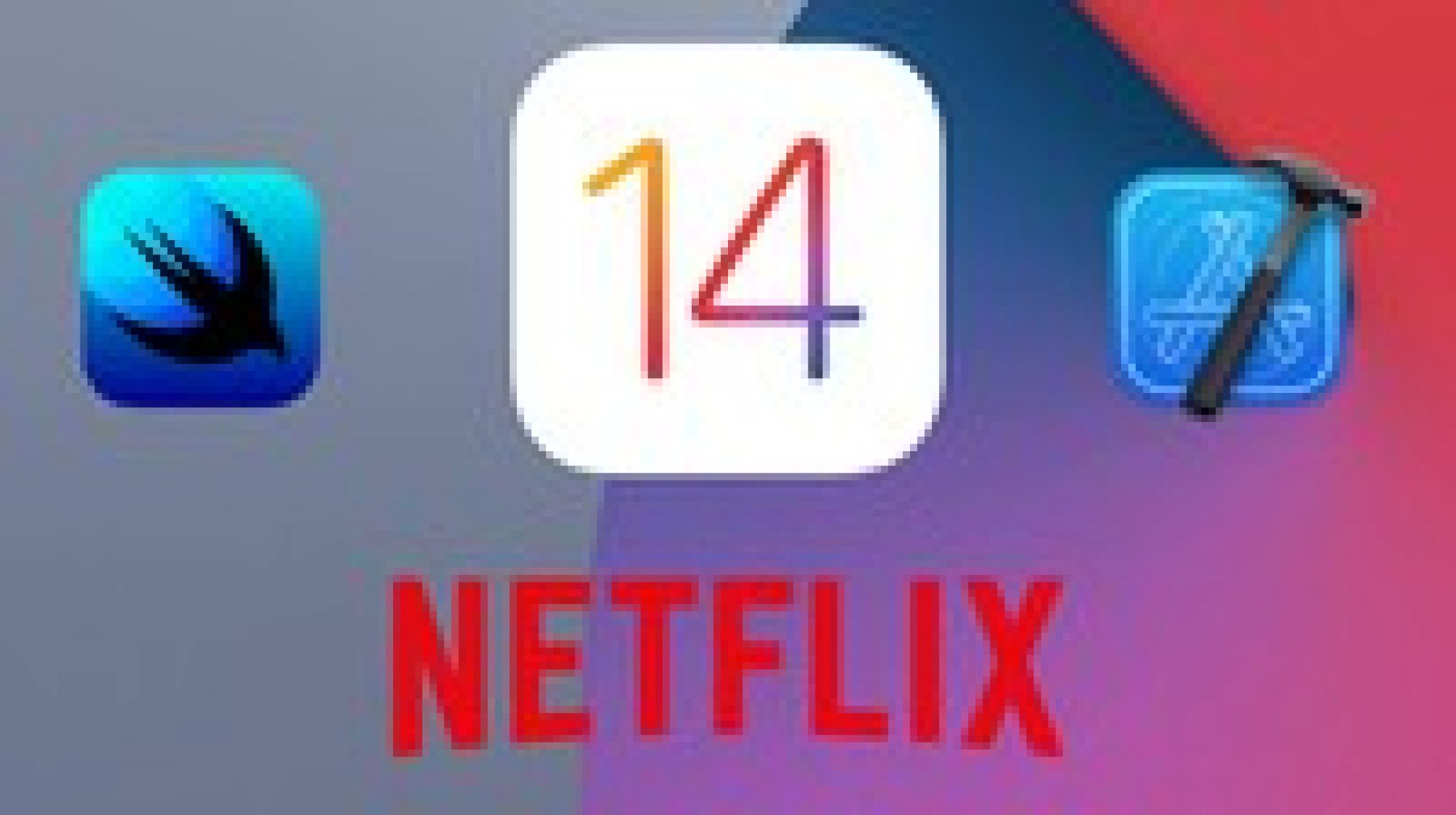

- #PROJECT STATISTICS FOR XCODE UPDATE#
- #PROJECT STATISTICS FOR XCODE CODE#
- #PROJECT STATISTICS FOR XCODE FREE#
Sign the published update archive with Sparkle’s EdDSA (ed25519) signature.Sign the application via Apple’s Developer ID program.
#PROJECT STATISTICS FOR XCODE FREE#
You can get free certificates from Let’s Encrypt, and test server configuration with ssltest. HTTP requests will be rejected by the system. Your app will not update on macOS 10.11 or later unless you comply with Apple’s App Transport Security requirements. To let Sparkle know that a downloaded update is not corrupted and came from you (instead of a malicious attacker), we recommend: #PROJECT STATISTICS FOR XCODE CODE#
Segue for security concernsīecause Sparkle is downloading executable code to your users’ systems, you must be very careful about security. If you intend to pursue additional updater APIs, please first check API Expectations from our programmatic setup. No other API calls are required to start the updater.

While it is still functional for transitional purposes, new applications will want to migrate to SPUStandardUpdaterController. In Sparkle 2, SUUpdater is a deprecated stub.

If you are using Sparkle 1, you will need to use SUUpdater instead of SPUStandardUpdaterController in the above steps.
If you’d like, make a “ Check for Updates…” menu item in the application menu set its target to the SPUStandardUpdaterController instance and its action to checkForUpdates. Type SPUStandardUpdaterController in the Class box of the Custom Class section in the inspector. Type “Object” in the search field under the object library and drag an Object into the left sidebar of the document editor. If you want to update a non-app bundle, such as a Preference Pane or a plug-in, follow step 2 for non-app bundles. If you want to use Sparkle from other UI toolkits such as SwiftUI or want to instantiate the updater yourself, please visit our programmatic setup. Alternatively, you may clone Sparkle’s repository with all its submodules, run make release, and extract the binaries in the resulting Sparkle-*.tar.xz (or. They are also available in Swift Package Manager, CocoaPods, and Carthage too by specifying the pre-release version in your project’s manifest.Ī more nightly build from our repository can be downloaded from our GitHub Actions page by selecting a recent workflow commit and downloading the Sparkle-distribution*.tar.xz artifact. Pre-releases when available are published on GitHub. Sandboxed applications using Sparkle 2 require additional setup. This is not an issue for distribution when you sign your application with a Developer ID certificate. Otherwise, the system may not let your application load Sparkle if you attempt to sign to run locally via an ad-hoc signature. If you enable Library Validation, which is part of the Hardened Runtime and required for notarization, you will also need to either sign your application with an Apple Development certificate for development (requires being in Apple’s developer program), or disable library validation for Debug configurations only. If you have your own process for copying/packaging your app make sure it preserves symlinks!. In Build Settings tab set “ Runpath Search Paths” to (for non-Xcode projects add the flags By default, recent versions of Xcode set this to which is already sufficient for regular applications. Be sure to check the “Copy items into the destination group’s folder” box in the sheet that appears. 
Sparkle only supports using a binary origin with Carthage because Carthage strips necessary code signing information when building the project from source. Sparkle’s tools to generate and sign updates are not included from Carthage and need to be grabbed from our latest release.
In Frameworks, Libraries, and Embedded Content section, change amework to Embed & Sign. Click your target in the project editor. Click on your project in the Project Navigator. Make sure the framework is copied into your app bundle:. Make sure the box is checked for your app’s target in the sheet’s Add to targets list. Drag the built Carthage/Build/Mac/amework into your Xcode project. Link the Sparkle framework to your app target:. Add or uncomment use_frameworks! in your Podfile. The default options will let Xcode automatically update versions of Sparkle 2.įrom Xcode’s project navigator, if you right click and show the Sparkle package in Finder, you will find Sparkle’s tools to generate and sign updates in. In your Xcode project: File › Add Packages…. Add the Sparkle framework to your project Sandboxed applications are only supported in Sparkle 2. If your app already has an older version of Sparkle or you wish to migrate to Sparkle 2, see upgrading from previous versions.








 0 kommentar(er)
0 kommentar(er)
